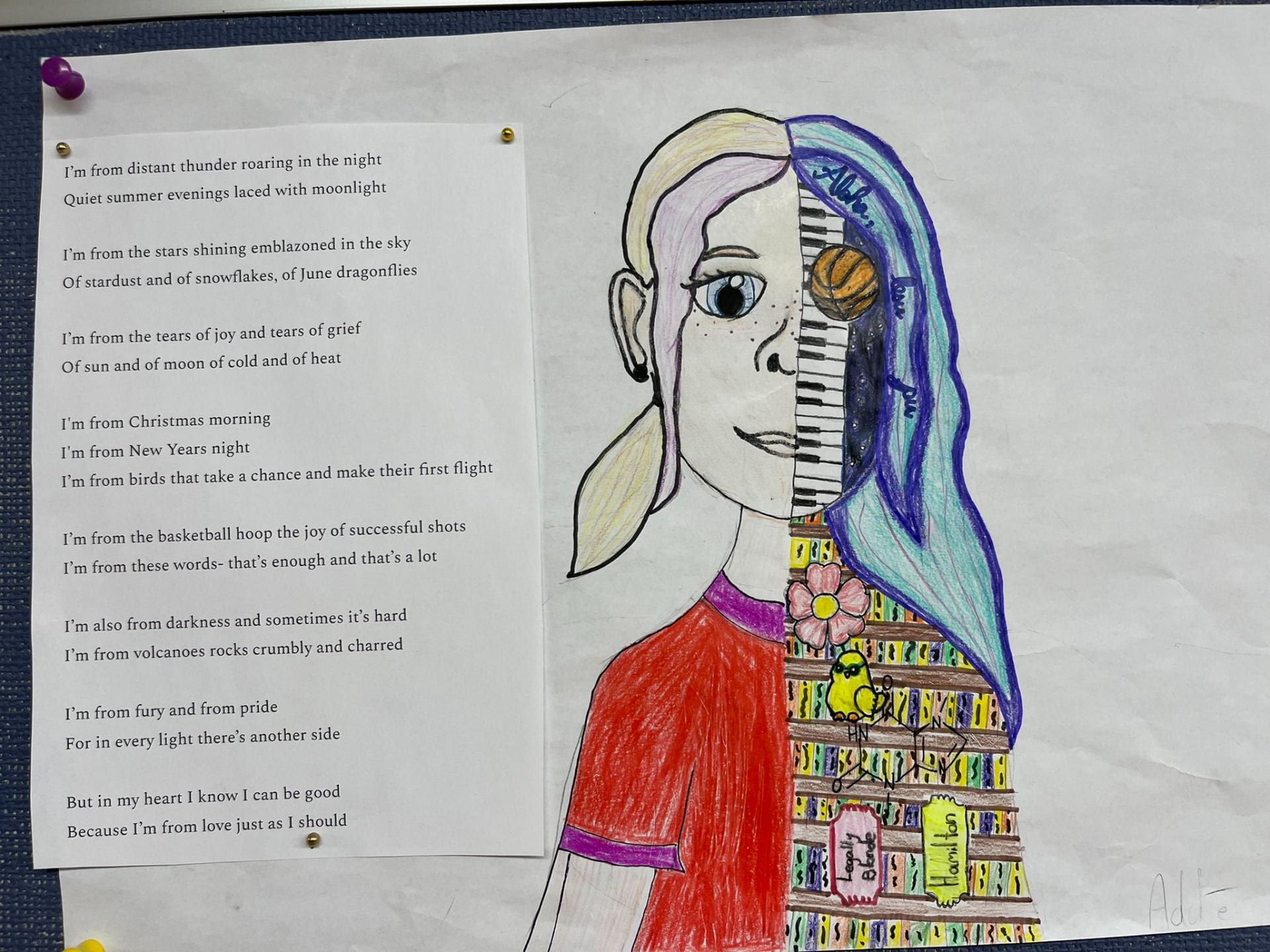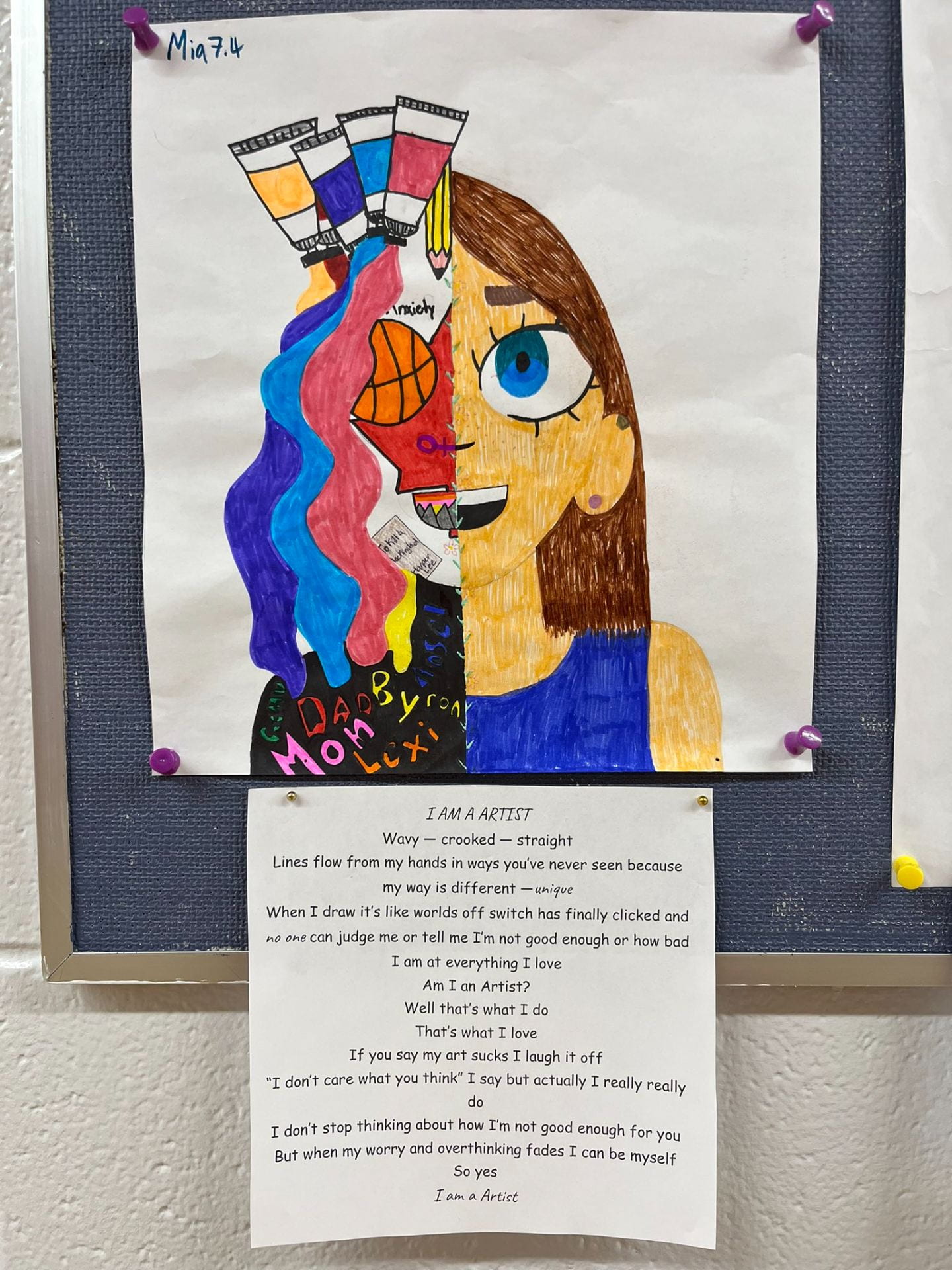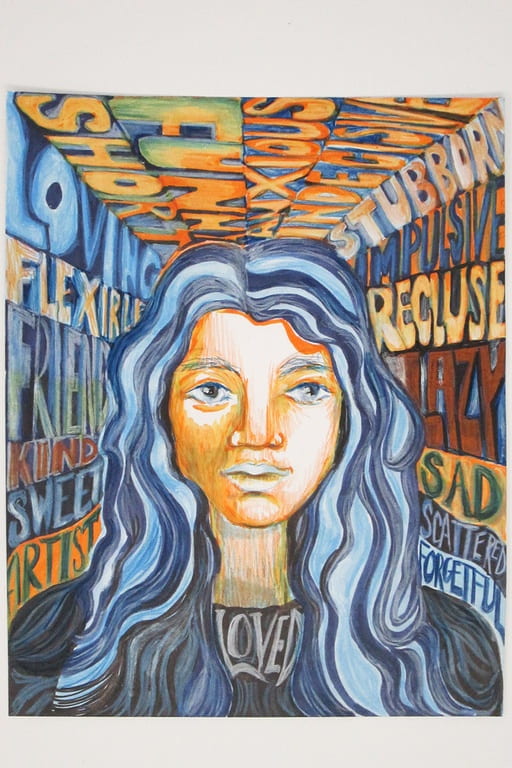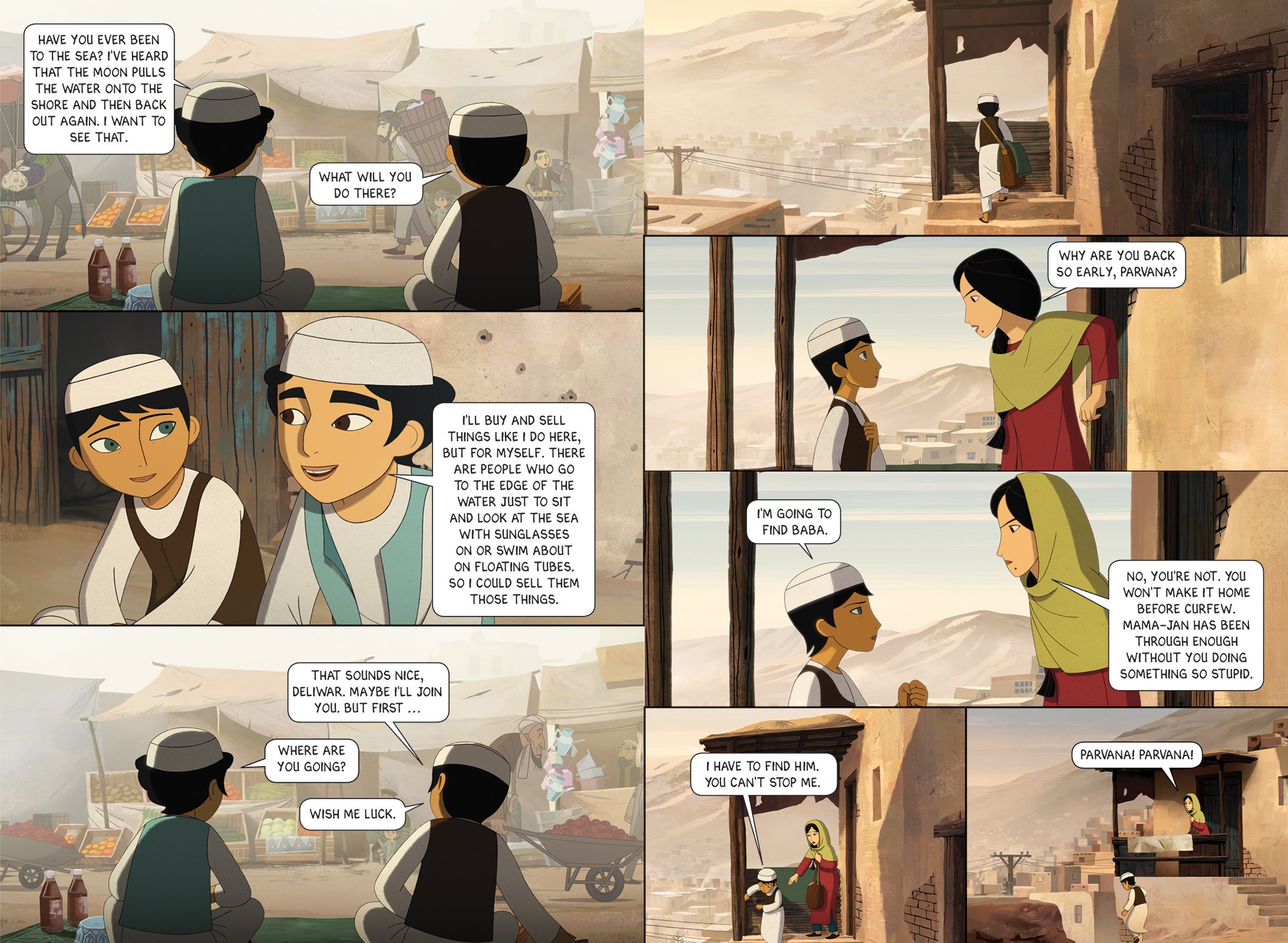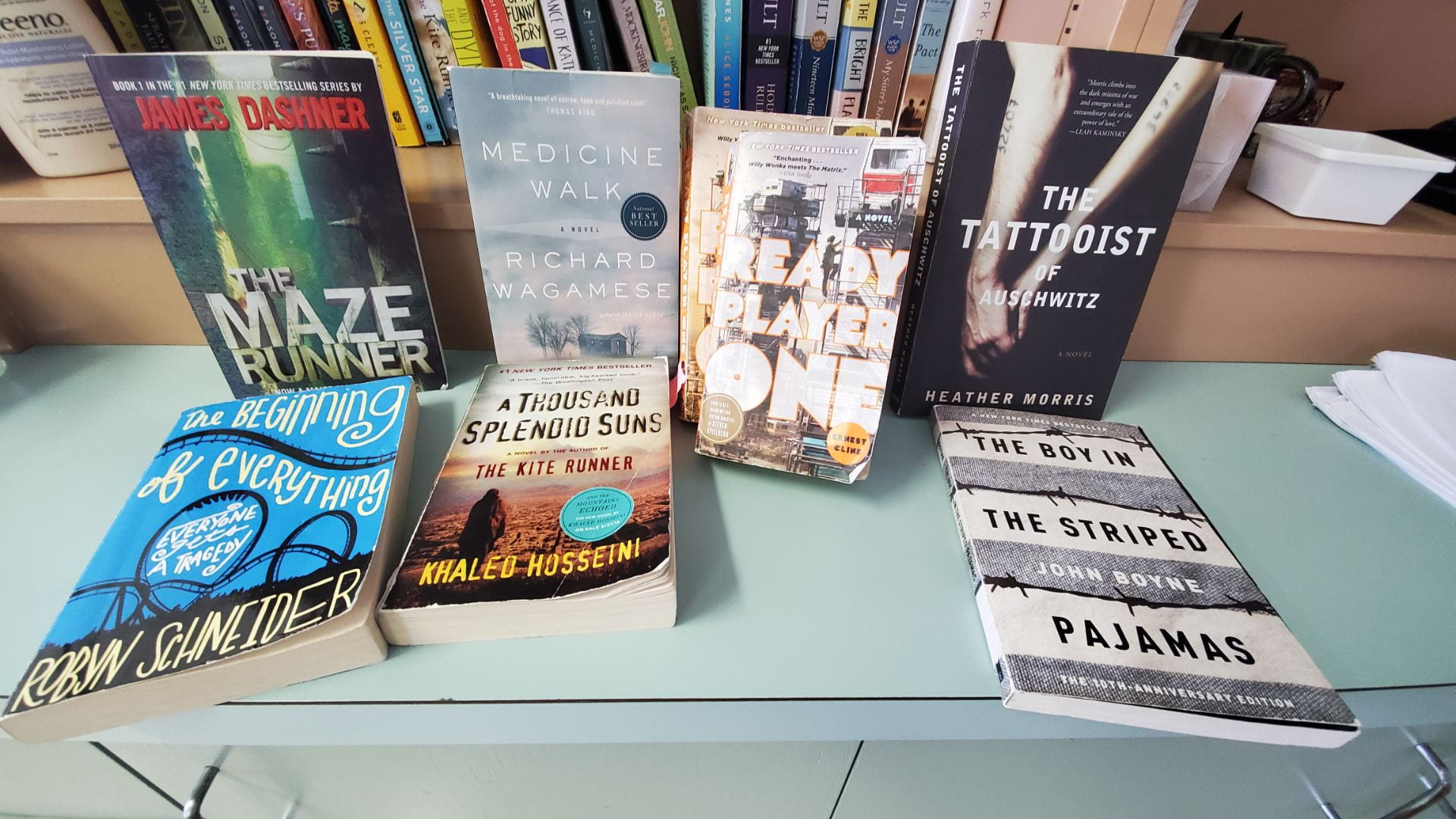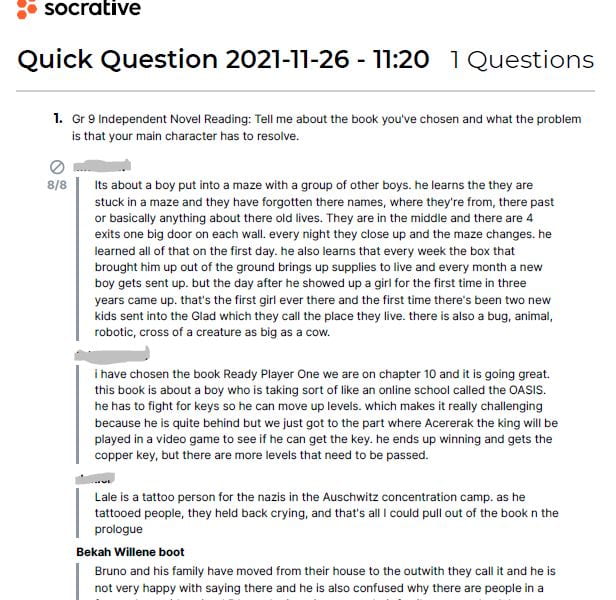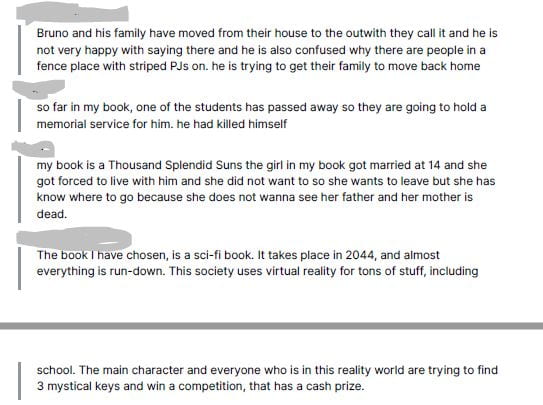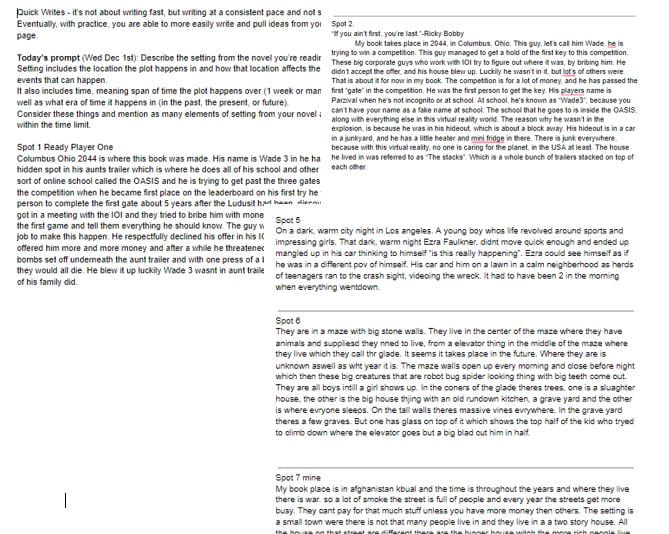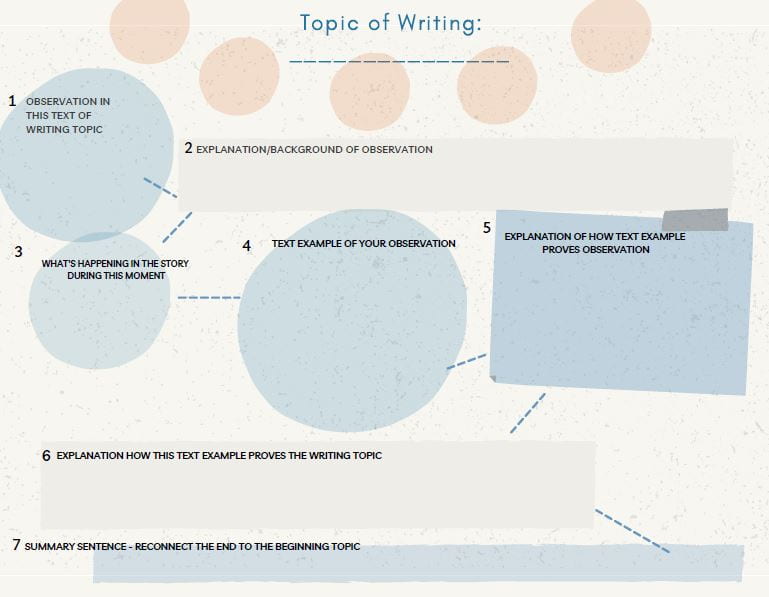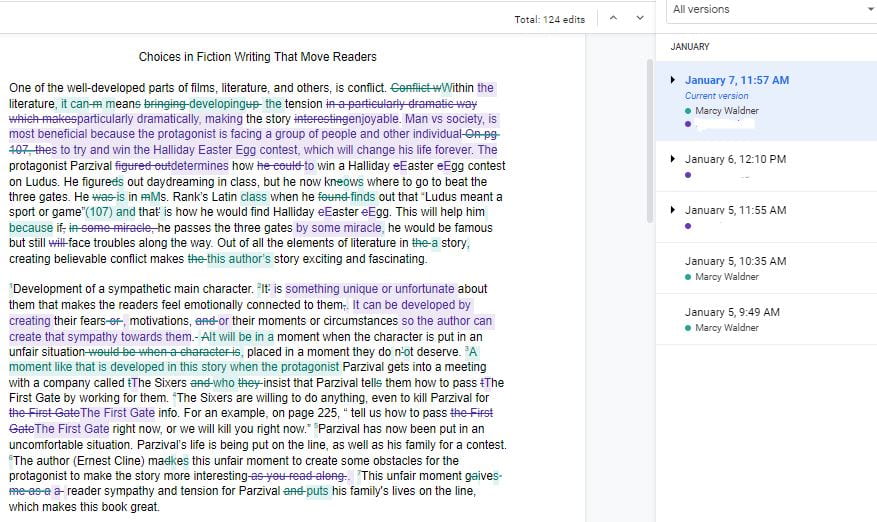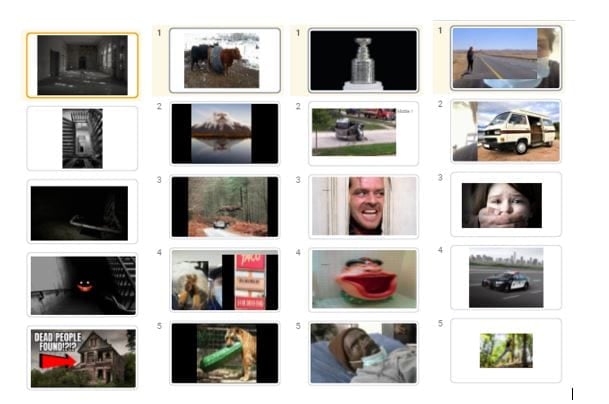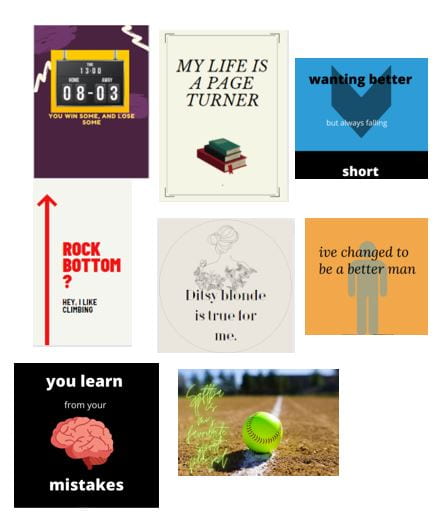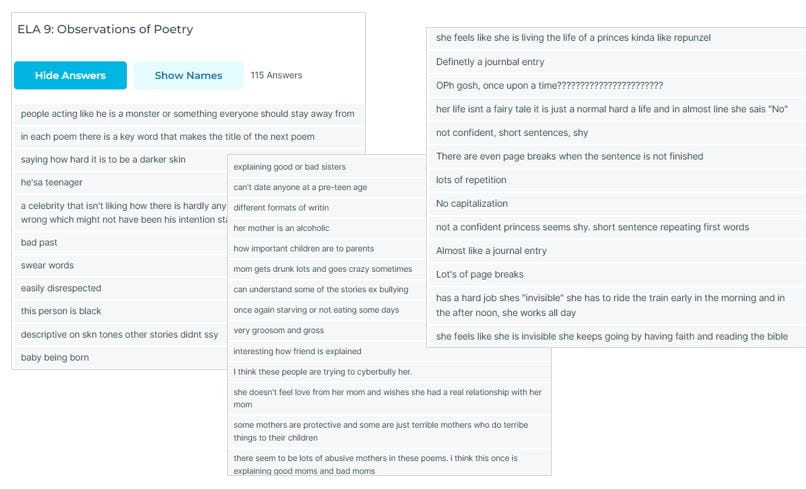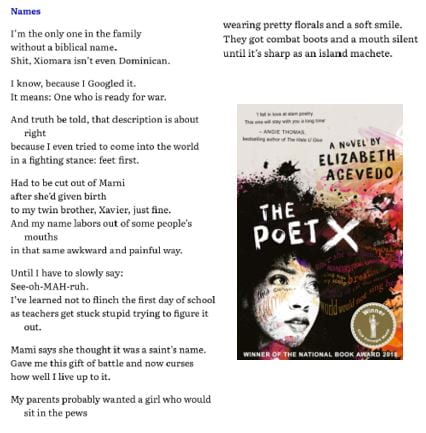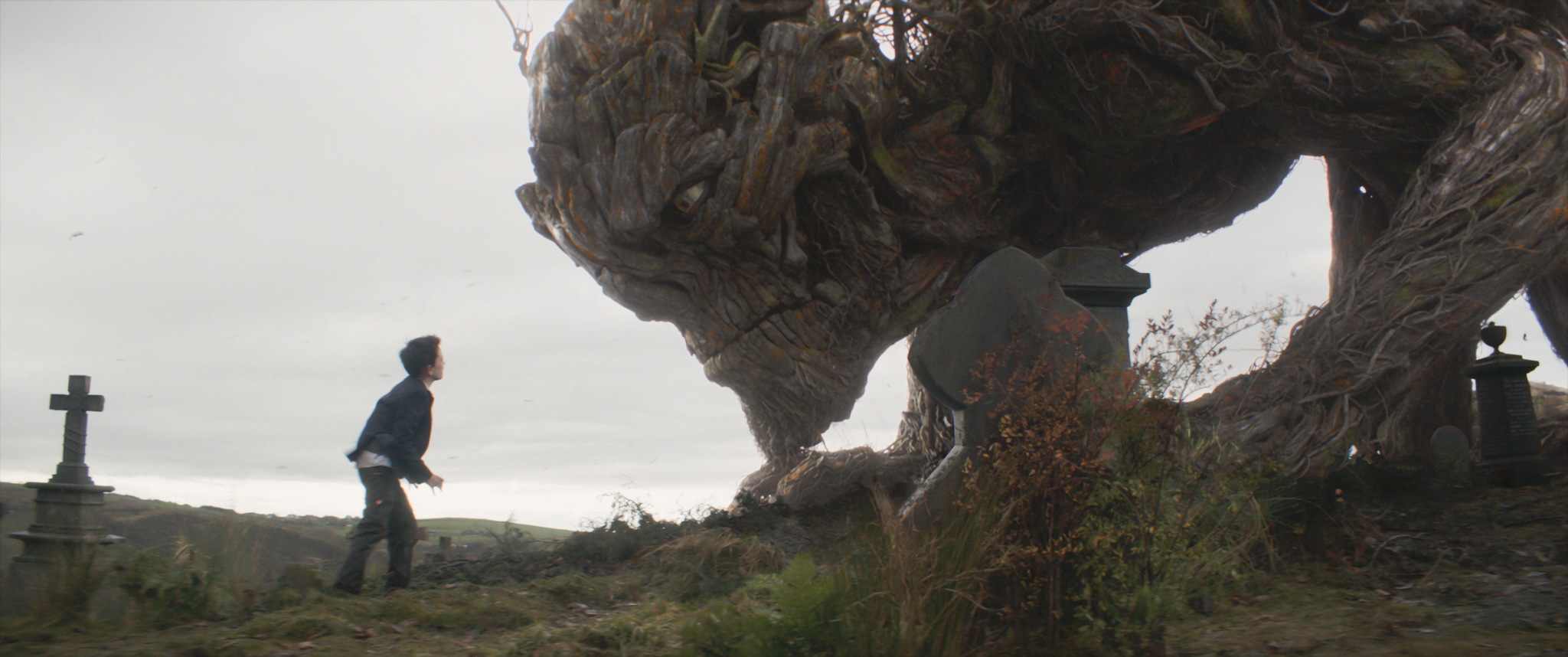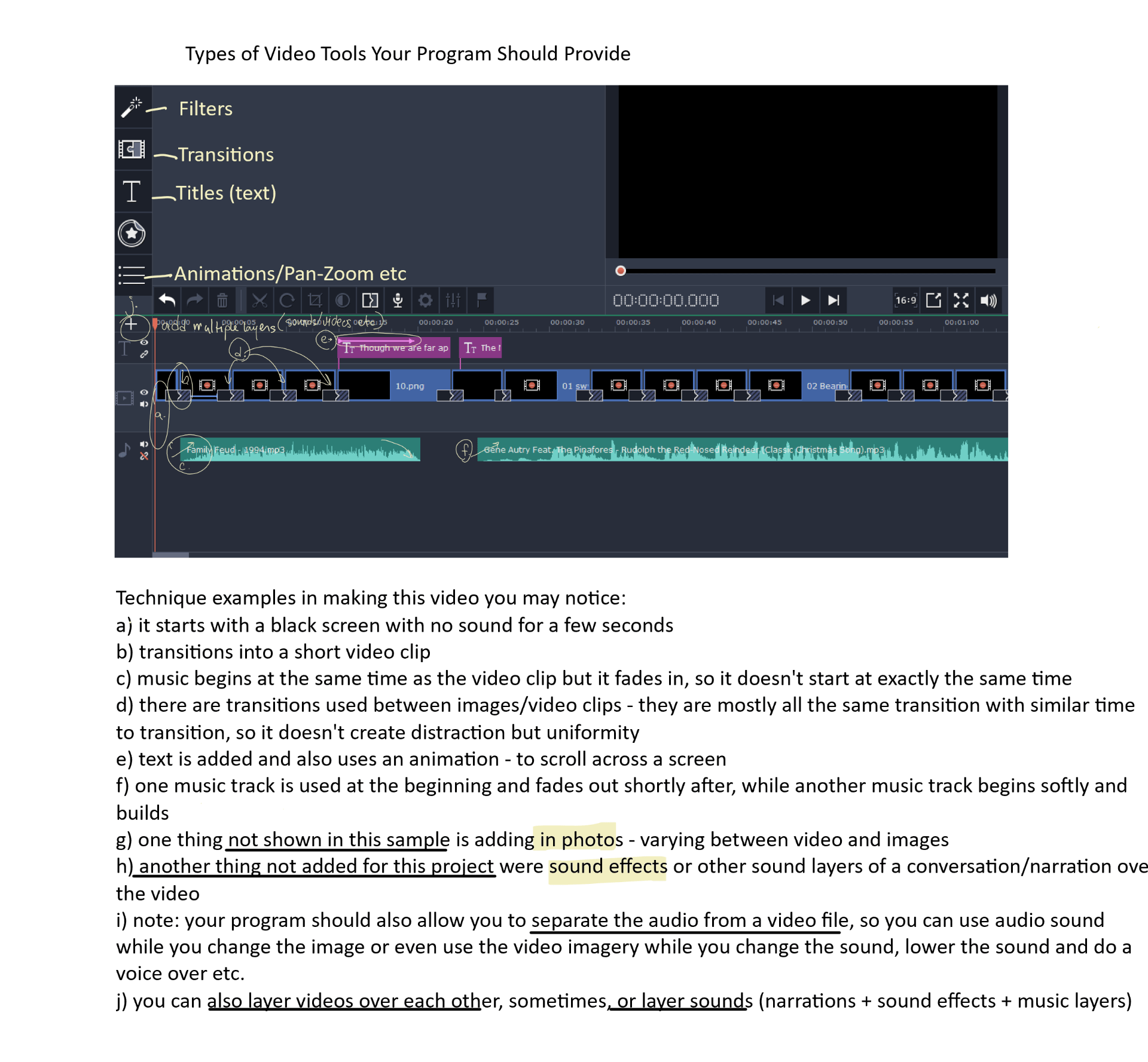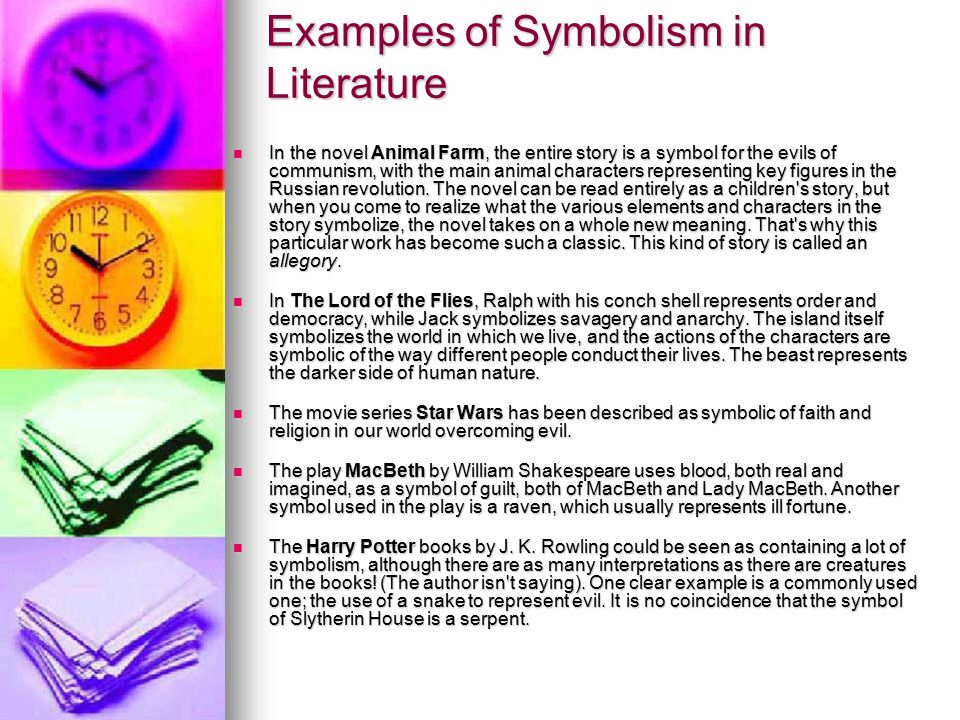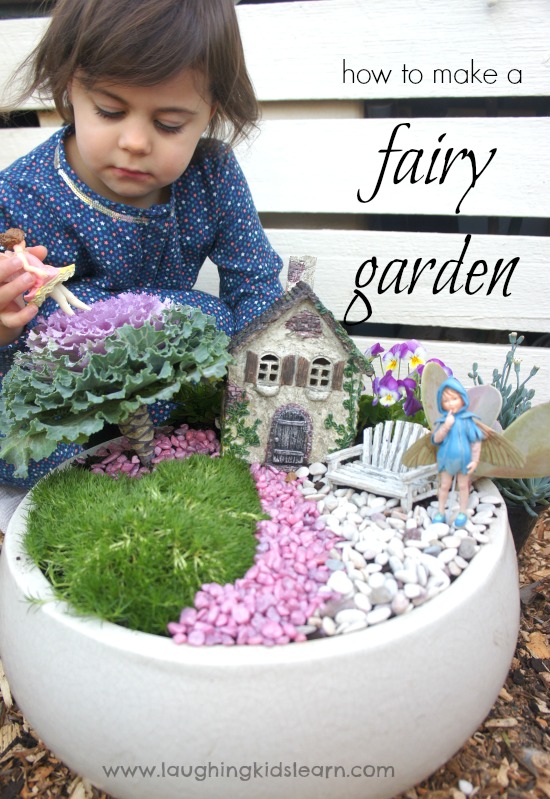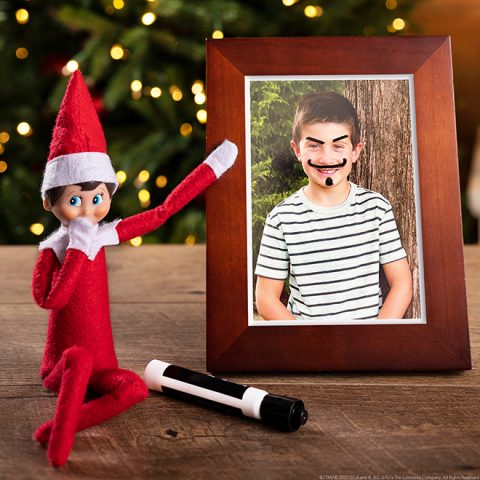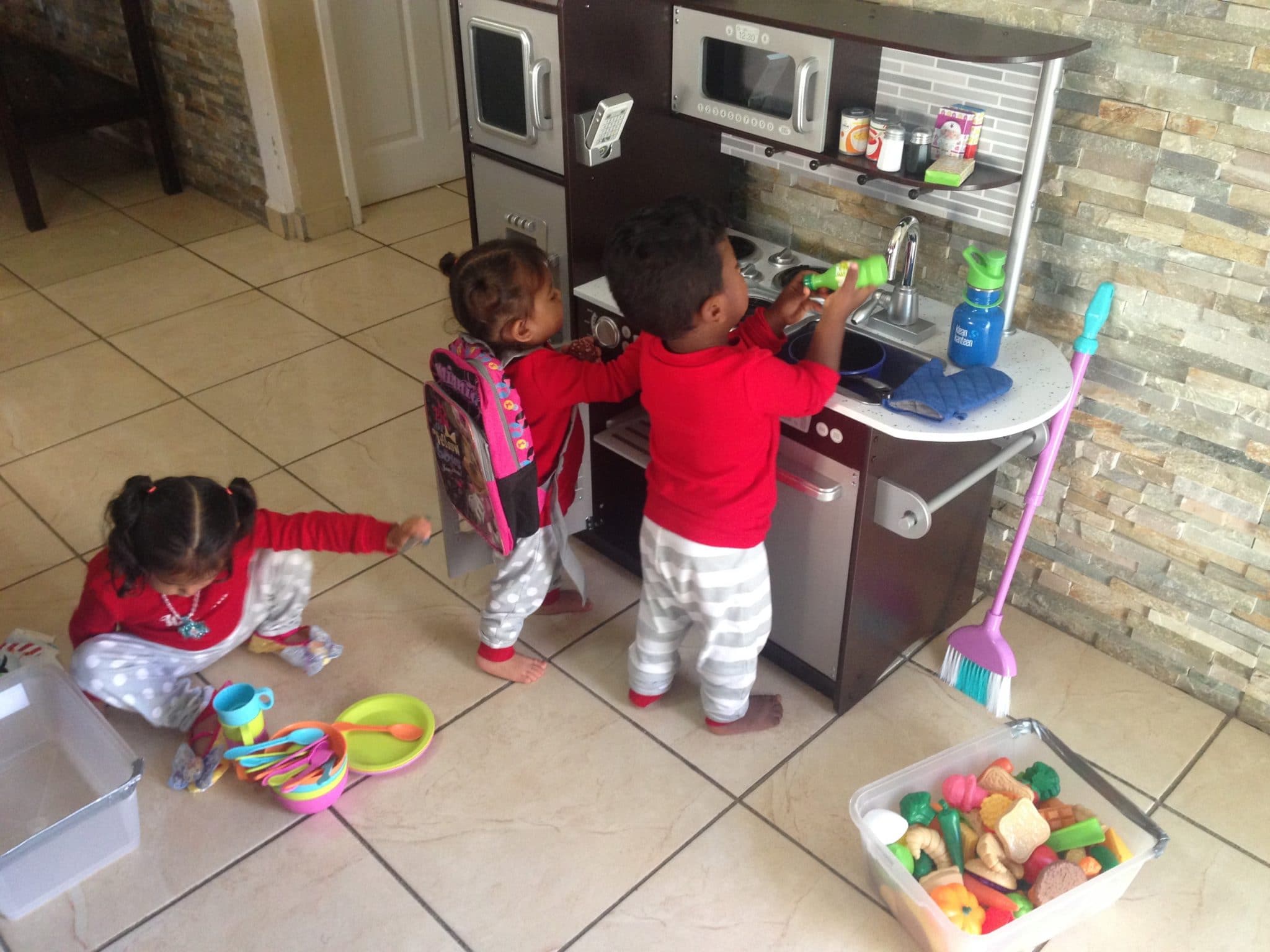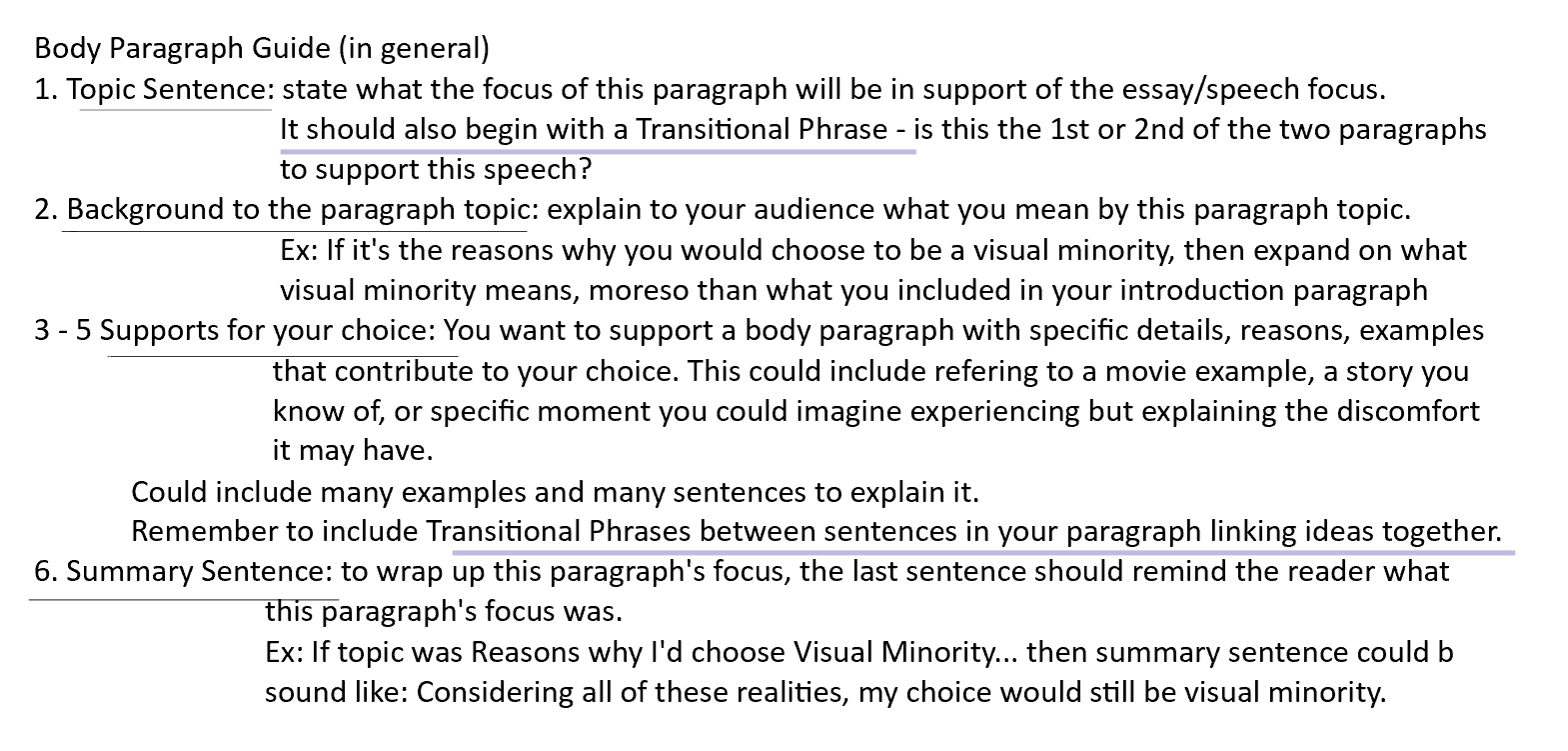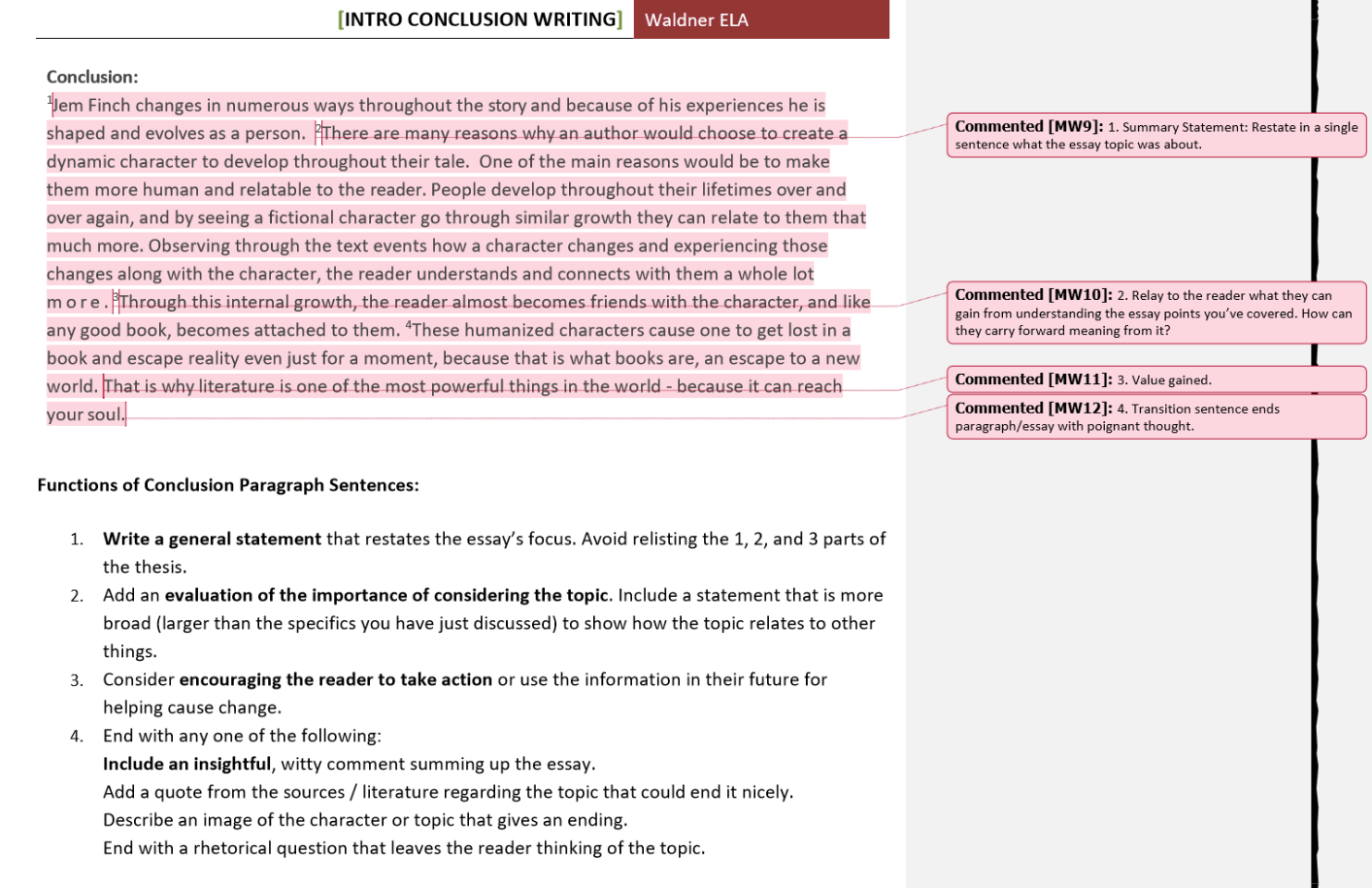ELA 7 – 8 Writing Development: 55 word stories
Some writing practice for you today: Another Beginnings Writing Prompt and then a “55 word story” Challenge!
- Beginnings #8 Label it properly in your Google Doc and share to me.
- AND Written in the same Google Doc, try developing some Fifty-five Word Story Writing:
It is a type of story writing that involves writing descriptively (activating the 5 senses) and including dialogue (speech exchanged between characters or internal dialogue). But there is a restricted pattern for sentence lengths you have to follow; the instructions are below.- You can try using a Story Generator if you want.
- Write one story after another. See how it goes!
Instructions: from Write Moves text pgs 169-170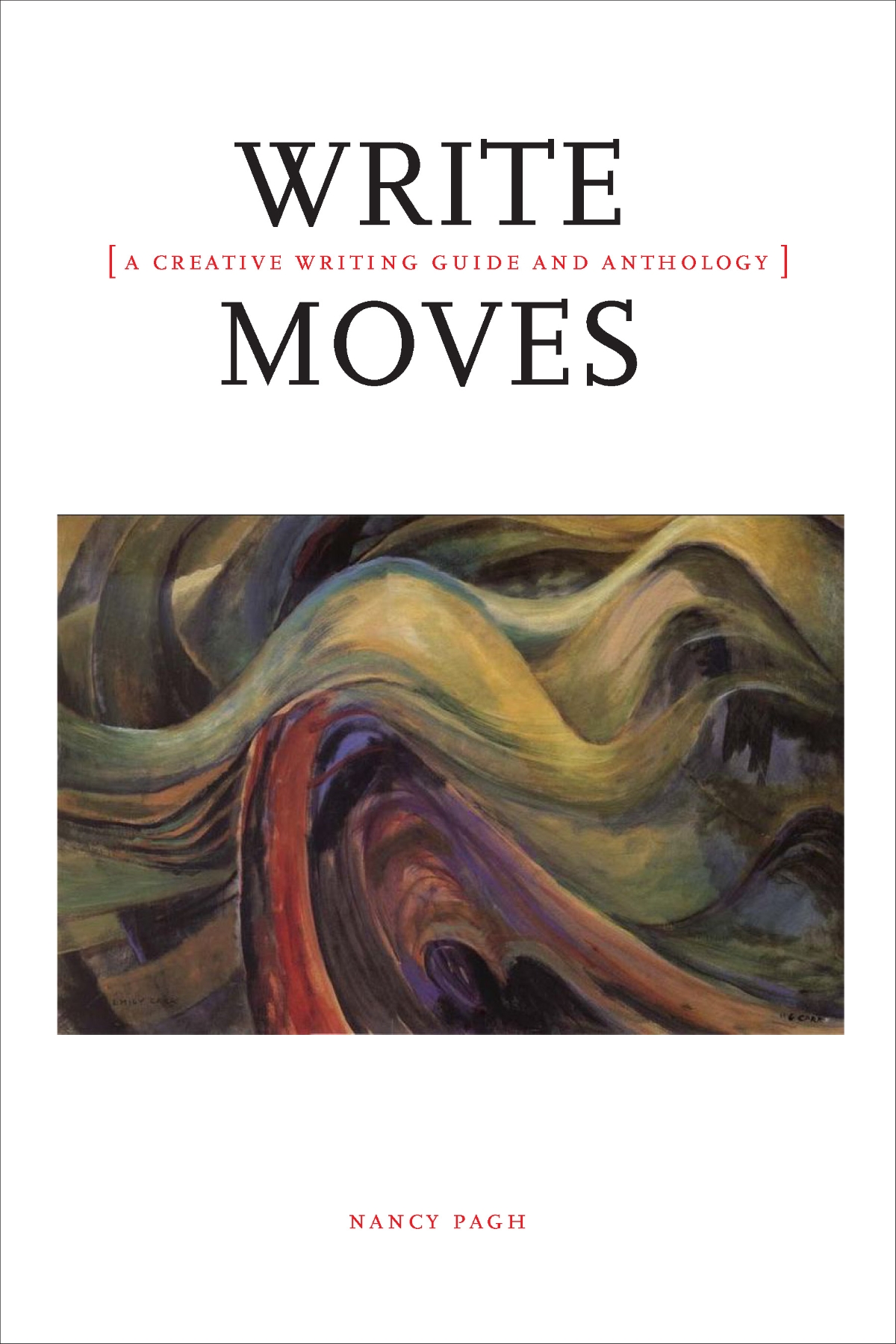
Dip your toe into story structure by writing a “55-word story”, a fiction narrative exactly ten sentences long.
- The first sentence must have precisely 10 words, the second sentence nine words, the third sentence eight words, and so on until the final sentence is composed of a single word.
- All acronyms and digits must be spelled out (“28” is “twenty-eight”, which
counts as two words). - The 55-word story must include a setting, a character in conflict, and a resolution (or sense of “ending”).
- To compose, write the numbers 10 through 1 (the number of words allowed in each sentence) down the left side of your page.
- Draft the story first as a list of sentences then transcribe your draft into prose format (see the example below).
- Notice that each time a new character speaks, there is a new line.
Here is a 55-word story called “Wax and Wane” written as an example:
“Say that again,” she whispered, tickling fingers through its hair. (10)
“It’s not yours,” he whispered, knealing in the barn. (9)
“Tell me again, Duane,” she sobbed, eyes excited. (8)
“It’s not yours, not yours, Diane – Not! (7) The animal purred between them both. (6)
“Say it again,” she whispered. (5) Duane shifted his body. (4) The kitten slept. (3)
“It’s beautiful.” (2)
“Mine!” (1)

